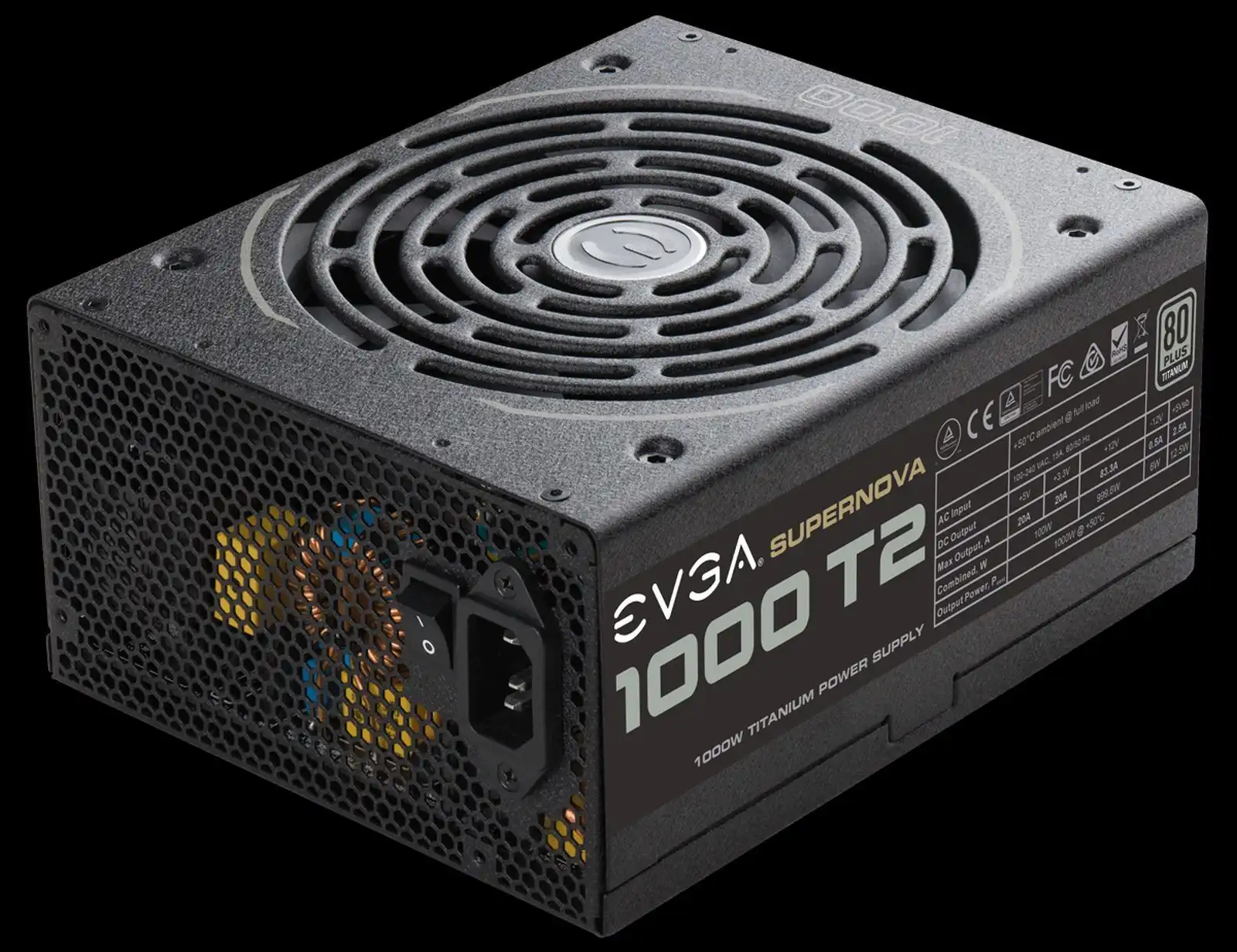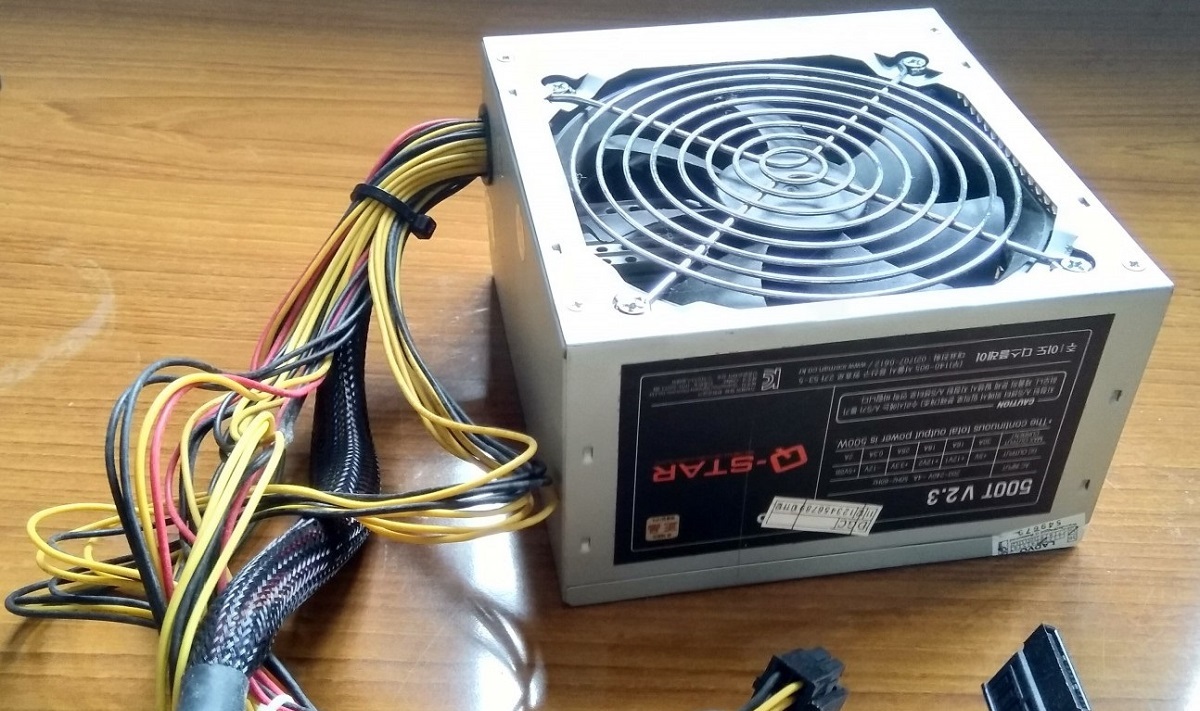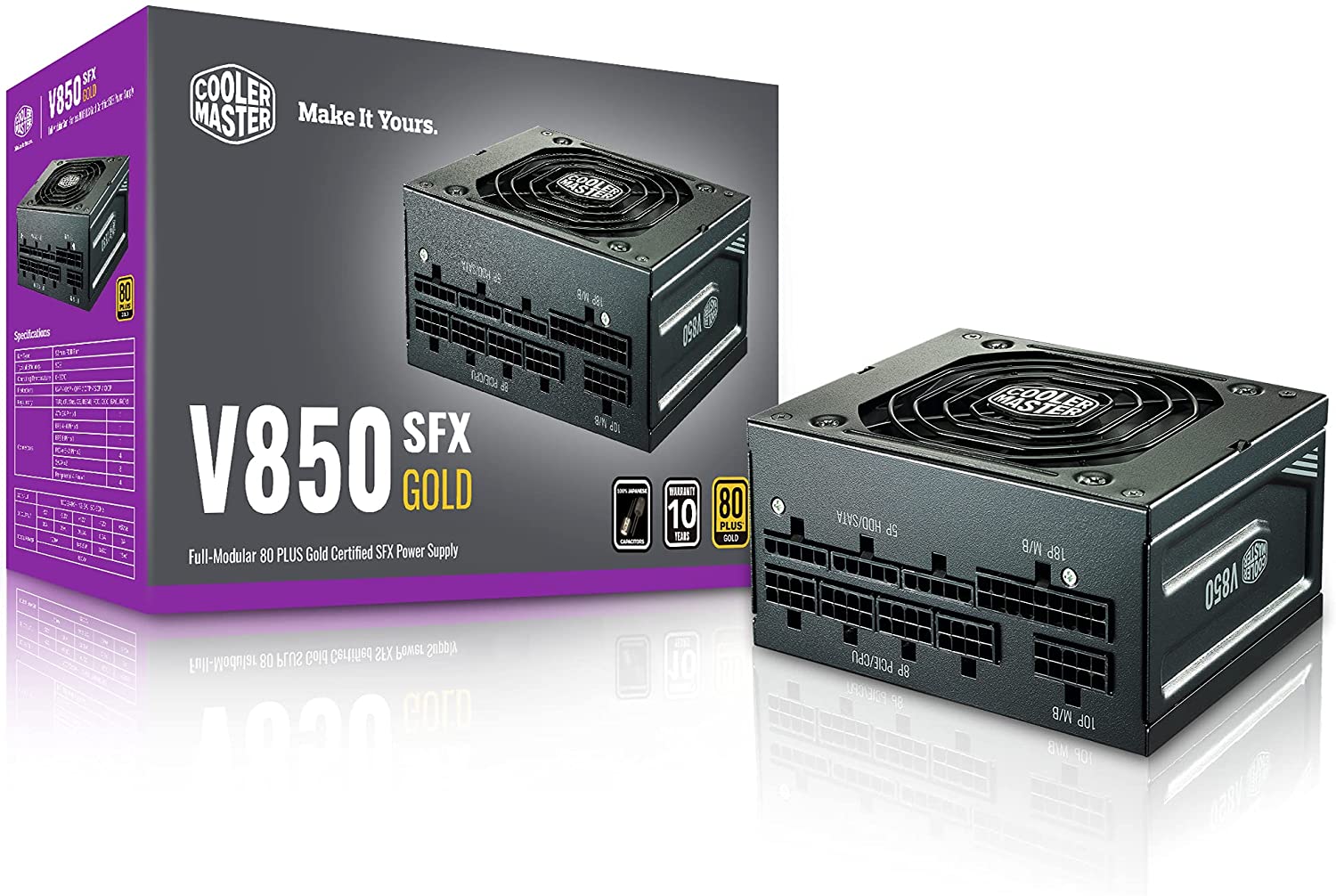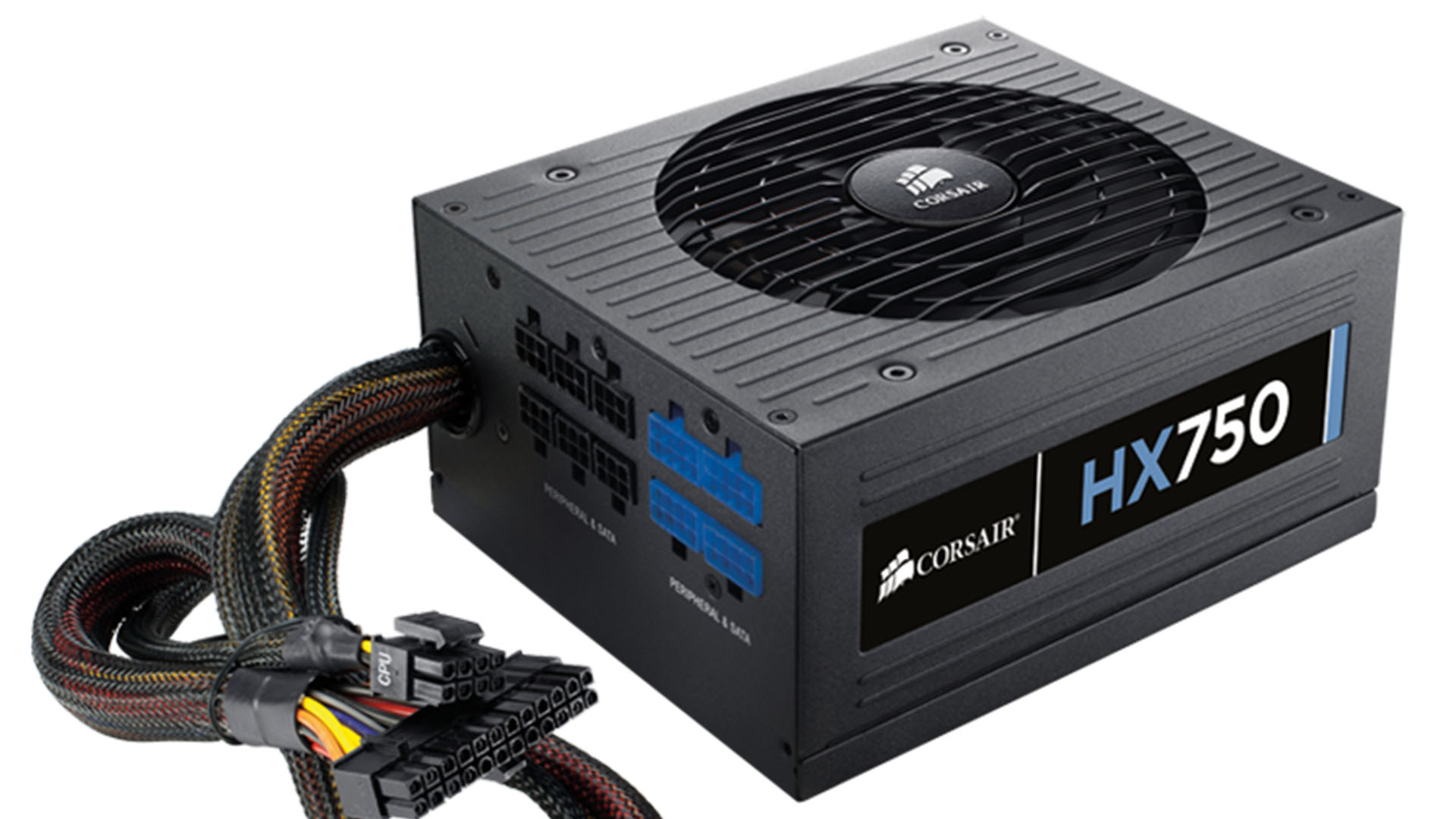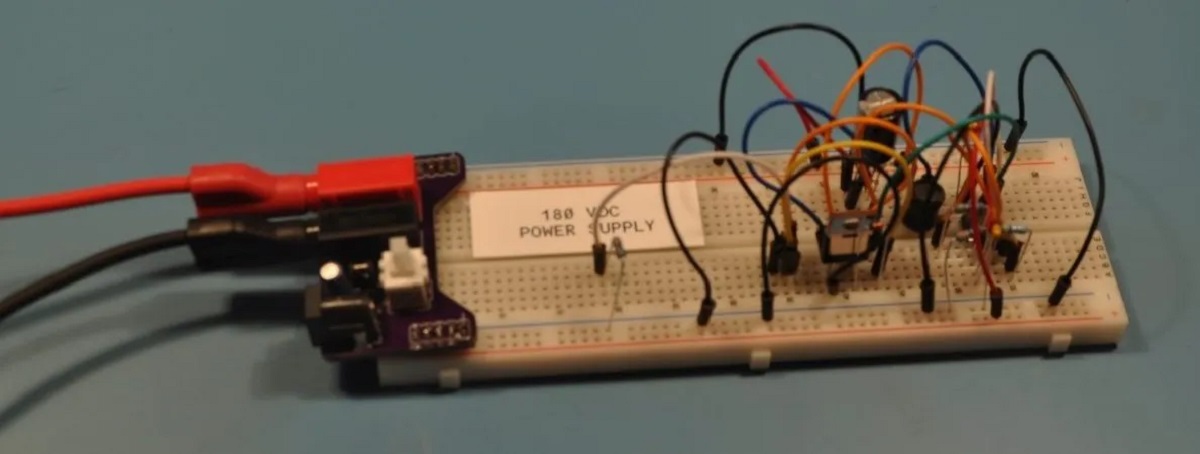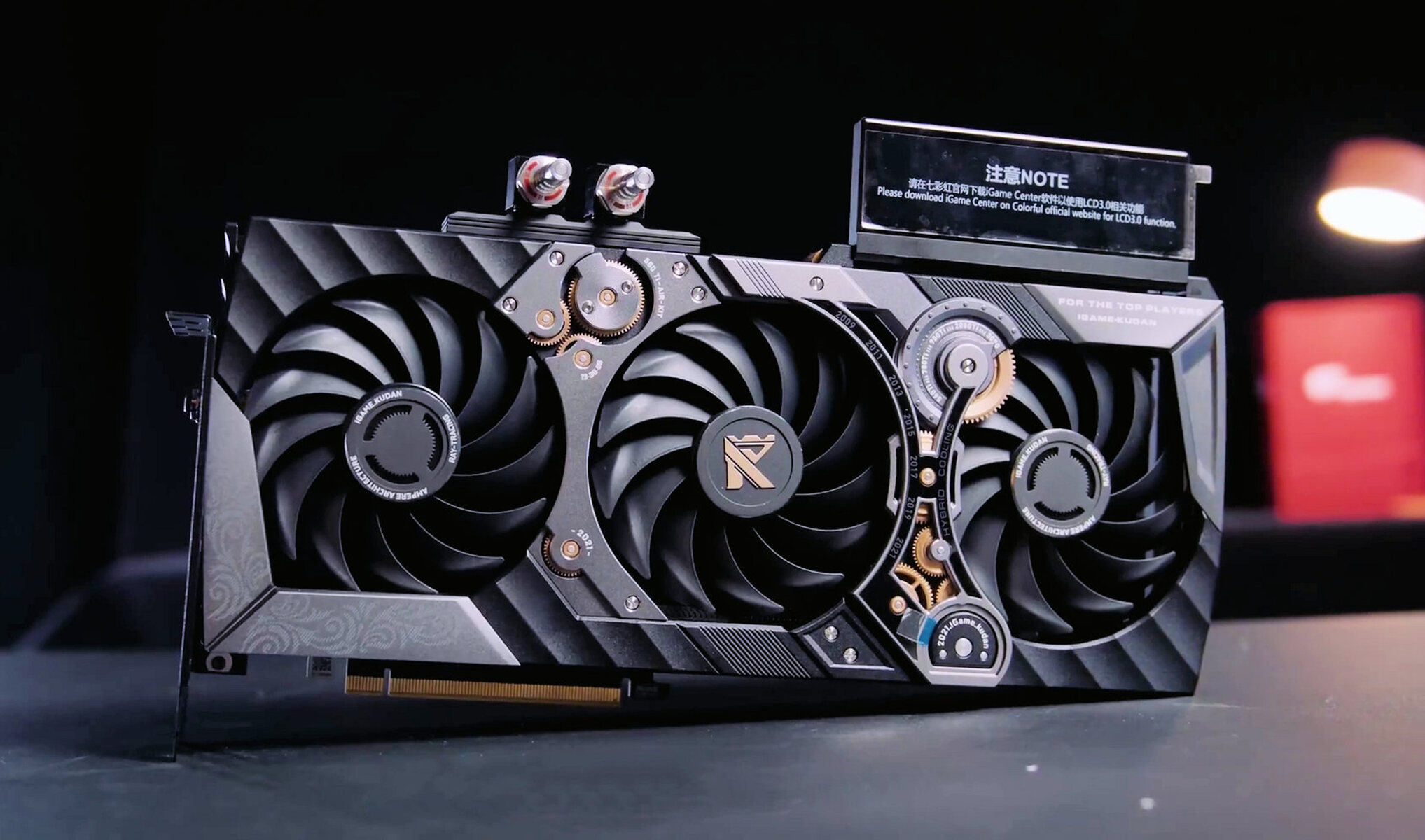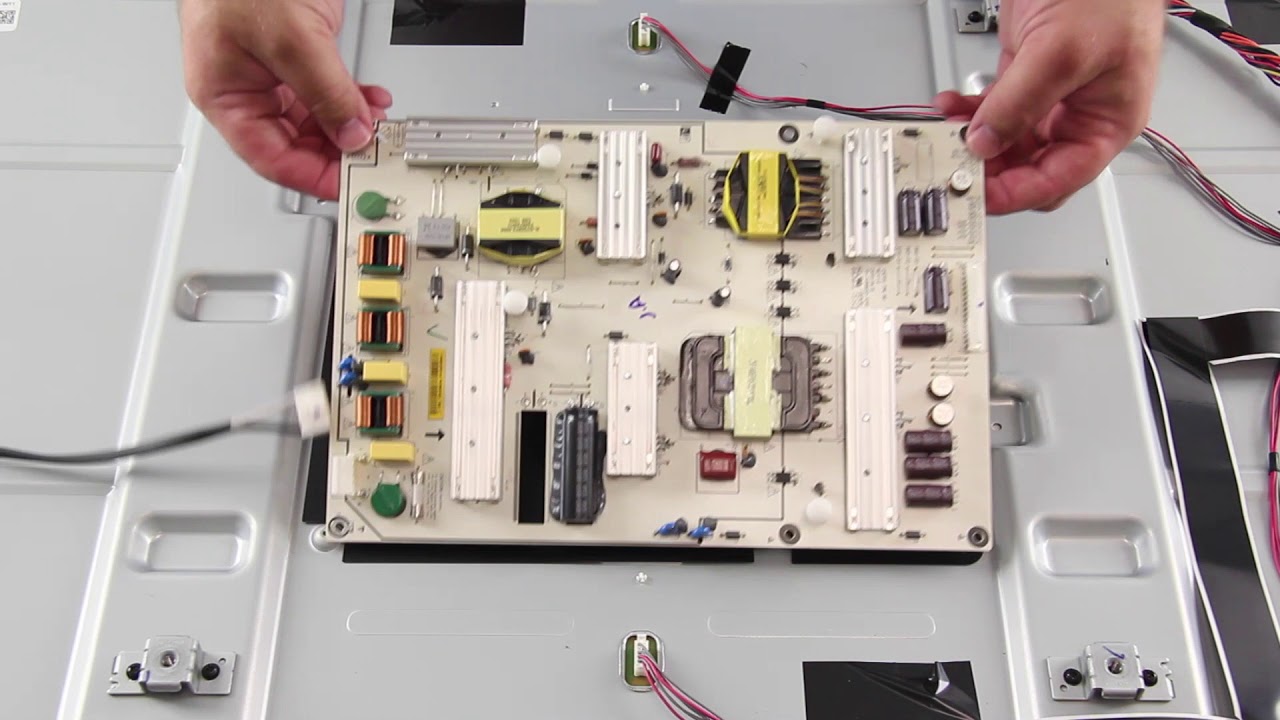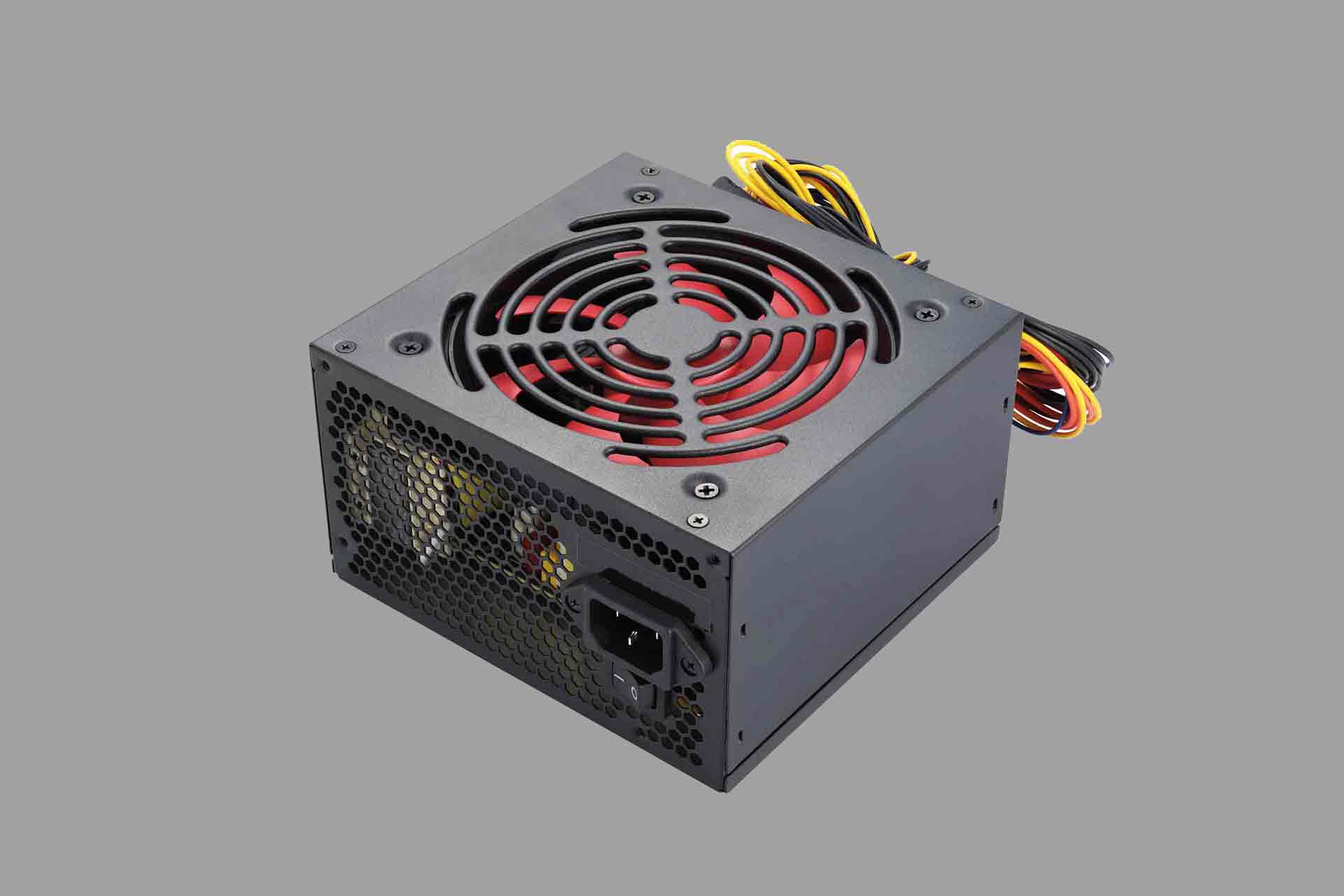Introduction
A power supply unit (PSU) is an essential component of a computer system that converts AC power from the wall outlet into the DC power required by the various components of the computer. While it may not be the most glamorous part of building a PC, choosing the right power supply is crucial for the overall performance and longevity of your system.
When it comes to selecting a power supply unit, there are several factors to consider. It’s important to find a PSU that is compatible with your computer’s components, provides sufficient wattage, offers high efficiency, and meets your specific needs.
In this guide, we will walk you through the key considerations to keep in mind when choosing a power supply unit for your computer system. Whether you are building a new PC or upgrading an existing one, understanding these factors will help you make an informed decision.
Let’s dive in and explore the important factors to consider when selecting a power supply unit.
Compatibility
When choosing a power supply unit (PSU), ensuring compatibility with your computer’s components is crucial. The PSU needs to provide the necessary power connections and voltages required by your system’s motherboard, CPU, GPU, and other components.
First and foremost, you’ll need to consider the form factor of the PSU. The most common form factors for desktop computers are ATX and SFX. ATX PSUs are larger and typically used in full-sized desktop cases, while SFX PSUs are smaller and designed for compact builds. Make sure to check the form factor supported by your case before selecting a PSU.
Furthermore, pay attention to the motherboard’s power connector. Most modern motherboards require a 24-pin ATX power connector, while some high-end motherboards may require an additional 4-pin or 8-pin power connector for the CPU. Ensure that the PSU you choose has the appropriate connectors to power your motherboard.
Next, consider the power requirements of your graphics card. High-performance GPUs require additional power through PCIe connectors. Check the number and type of PCIe connectors your graphics card needs, and ensure that the PSU has enough connectors to accommodate it.
Finally, consider the power requirements of your other components, such as storage drives, fans, and peripherals. Take into account the wattage and connectors needed for these components and ensure that the PSU meets these requirements.
By ensuring compatibility with your computer’s components, you can avoid potential issues and ensure stable power delivery to your system.
Wattage
One of the most important factors to consider when choosing a power supply unit (PSU) is the wattage. The wattage determines how much power the PSU can supply to your computer components. It’s crucial to select a PSU with sufficient wattage to meet the power requirements of your system.
To determine the appropriate wattage for your PSU, you need to consider the power requirements of your components. This includes the CPU, GPU, motherboard, storage drives, and any additional components such as fans and peripherals.
Start by checking the manufacturer’s specifications for each component to find their recommended power requirements. Add up the wattage requirements of all these components to get an estimate of the minimum wattage needed for your PSU.
Keep in mind that it’s a good idea to have some headroom above the minimum wattage requirement. This allows for future upgrades and ensures that the PSU isn’t operating at peak capacity, which can lead to inefficiencies and potential instability.
It’s worth noting that high-end graphics cards and CPUs typically have higher power requirements. If you’re building a gaming PC or a system for intensive tasks such as video editing or 3D rendering, you may need a higher wattage PSU to provide sufficient power to these components.
Be cautious about overestimating the wattage requirements, as a PSU that’s too powerful can be inefficient and more expensive. However, it’s better to have a slightly higher wattage PSU than one that is insufficient for your system’s needs.
Remember, the wattage indicated on a PSU refers to its maximum power output. It does not mean that your system will constantly consume that amount of power. Your components will only draw the power they require, so having a PSU with a higher wattage does not necessarily mean it will consume more electricity.
By selecting an appropriately sized PSU that meets the power requirements of your components, you can ensure stable and efficient power delivery to your computer system.
Efficiency
When choosing a power supply unit (PSU) for your computer system, efficiency is an important factor to consider. PSU efficiency refers to how effectively it converts AC power from the wall outlet into DC power for your computer’s components.
A PSU with high efficiency will waste less power as heat, resulting in lower energy consumption and reduced electricity bills. Additionally, efficient PSUs tend to generate less heat, which contributes to better overall system stability and longevity.
The efficiency of a PSU is typically indicated by an 80 PLUS rating, which rates PSUs on their efficiency at different loads. The higher the rating, the more efficient the PSU is. Common 80 PLUS ratings include 80 PLUS, 80 PLUS Bronze, 80 PLUS Silver, 80 PLUS Gold, 80 PLUS Platinum, and 80 PLUS Titanium.
While it’s tempting to choose the highest-rated PSU available, it’s important to consider your specific needs. Higher-rated PSUs tend to be more expensive, so you need to find a balance between efficiency and cost.
Consider your computer usage patterns. If you use your computer for extended periods or run power-hungry tasks regularly, a higher-rated PSU might be a wise investment, as its efficiency will save you more on electricity costs over time. On the other hand, if your computer usage is minimal or you don’t have power-hungry components, a lower-rated PSU may be sufficient.
Keep in mind that PSU efficiency varies depending on the load. PSUs are typically most efficient between 50% and 80% of their maximum load capacity. If your system’s power requirements fall within this range, you can achieve optimal efficiency.
In summary, selecting a PSU with high efficiency can save you money on electricity bills, reduce heat generation, and contribute to system stability. However, it’s important to consider your usage patterns and find a balance between efficiency and cost to suit your specific needs.
Form Factor
The form factor of a power supply unit (PSU) is an important consideration when choosing one for your computer system. The form factor refers to the physical size and shape of the PSU, which determines its compatibility with your computer case.
The most common form factor for desktop computers is the ATX (Advanced Technology eXtended) form factor. ATX PSUs are typically larger in size and are designed to fit into standard ATX cases. They provide the necessary power connections and voltages for the components in your computer.
However, not all computer cases are designed to accommodate ATX PSUs. Smaller form factor cases, such as mini-ITX or micro-ATX cases, require PSUs with a smaller form factor. These smaller cases often use SFX (Small Form Factor eXtended) or SFX-L (Small Form Factor eXtended Length) PSUs.
Before choosing a PSU, make sure to check the form factor supported by your computer case. Ensure that the PSU you select matches the corresponding form factor of your case.
Some larger cases, such as full tower cases, can accommodate PSUs with extended form factors, such as EATX (Extended ATX) or even custom sizes. These cases offer more space to fit larger PSUs, which can provide higher wattages and accommodate additional features.
It’s also worth noting that the form factor of the PSU affects its airflow and cooling capabilities. Larger PSUs often have larger fans and better ventilation, which helps maintain lower operating temperatures and improve overall system stability.
When selecting a PSU, ensure that the form factor not only fits your computer case but also meets your power requirements. Consider the size of your case, the available space for the PSU, and any specific cooling needs before making your final decision.
Modularity
Modularity is an important feature to consider when choosing a power supply unit (PSU) for your computer system. Modular PSUs offer the flexibility to customize cable management by allowing you to detach and connect cables as needed.
Traditional or non-modular PSUs come with a fixed set of cables that are permanently attached to the PSU. This can lead to a cluttered and messy build, making it challenging to manage and organize cables effectively. It can also restrict airflow within the system, potentially affecting cooling and overall performance.
On the other hand, modular PSUs come with detachable cables. This means that you only need to connect the cables that are necessary for your specific system configuration, leaving out any unused cables. This results in a cleaner and more organized build, with improved airflow and easier installation.
Modularity offers several benefits. First, it allows for better cable management. By eliminating unnecessary cables, you can create a more organized and aesthetically pleasing build. This not only improves airflow but also makes troubleshooting and upgrades much easier.
Second, modular PSUs make it easier to handle cable length and routing. You have more control over the length of the cables and can ensure that they reach the components without excess slack or being too tight. This can further enhance cable management and improve overall system aesthetics.
Lastly, modular PSUs are convenient for future upgrades. If you plan on adding or replacing components down the line, you won’t need to purchase a new PSU or deal with unnecessary cables. You can simply detach the required cables and connect the new ones as needed, saving time and money.
It’s important to note that there are different levels of modularity, ranging from fully modular to semi-modular. Fully modular PSUs allow you to detach all cables, while semi-modular PSUs have some cables permanently attached (usually the essential ones like the 24-pin ATX power connector) and offer detachable cables for other components.
When choosing a PSU, consider your cable management preferences, future expansion plans, and budget. Modular PSUs generally tend to be slightly more expensive than non-modular options, but the added convenience and improved aesthetics may be worth the investment for many users.
Connectors
The connectors on a power supply unit (PSU) play a vital role in ensuring compatibility and connectivity with your computer’s components. When choosing a PSU, it’s essential to consider the types and number of connectors it provides.
The most common connector on a PSU is the 24-pin ATX power connector, which supplies power to the motherboard. Ensure that the PSU you choose has this connector, as it is a standard requirement for modern motherboards.
For CPUs, the PSU typically provides a 4-pin or 8-pin connector specifically designed for CPU power. Check the power requirements of your CPU and ensure that the PSU has the appropriate CPU power connectors to accommodate it.
If you have a dedicated graphics card, it will require PCIe connectors from the PSU to supply power. High-performance graphics cards often require multiple connectors, with the most common types being 6-pin or 8-pin PCIe connectors. Make sure to check the power requirements of your graphics card and ensure that the PSU has enough PCIe connectors to meet the demand.
Other components, such as storage drives and peripherals, may require specific connectors as well. SATA connectors are commonly used for connecting storage drives like SSDs and HDDs. Peripheral connectors, such as Molex or Berg connectors, are used for devices like fans and older peripherals.
Before choosing a PSU, take stock of the power requirements and connector types needed for your components. Ensure that the PSU provides sufficient connectors for your motherboard, CPU, graphics card, and any additional components.
While it’s possible to use adapters to convert between connector types, it’s generally best to use the appropriate connectors natively supported by the PSU. This ensures better compatibility, stability, and overall performance.
Finally, some high-end PSUs offer additional features like modular or hybrid connectors. These allow you to add custom cables or connectors, providing even more flexibility for your system. Consider these options if you have specific customization needs or if you want to optimize your cable management further.
By selecting a PSU with the right connectors for your components, you can ensure proper and reliable power delivery to your computer system.
Noise
When choosing a power supply unit (PSU) for your computer system, it’s important to consider the noise level it produces. PSUs can generate various levels of noise depending on their design and components, and excessive noise can be a nuisance, especially if you value a quiet computing environment.
Noise in PSUs primarily comes from the cooling fans used to dissipate heat. As the PSU operates, the fans spin to maintain proper airflow, and the speed at which they spin affects the noise level. Generally, larger fans tend to produce less noise than smaller ones, as they can move the same amount of air at lower speeds.
If you prioritize a quiet system, look for PSUs that are specifically designed for silence. These PSUs often feature larger fans with slower fan speeds, specialized fan designs that reduce noise, or even fanless designs where the PSU relies on passive cooling. However, it’s important to note that fanless designs may have limited wattage capacities, so ensure that the PSU can meet your system’s power requirements.
Another factor that can contribute to noise is the efficiency rating of the PSU. Higher-rated PSUs tend to be more efficient and dissipate less heat, resulting in reduced fan noise. Additionally, PSUs equipped with hybrid or semi-passive fan modes can minimize noise during low-load or idle situations, as the fans only spin when necessary.
It’s also worth considering the noise dampening features of the PSU and its overall build quality. Some PSUs incorporate noise-reducing technologies like rubber grommets to reduce vibrations, or they are built with high-quality components that can reduce electrical noise and coil whine.
To determine the noise level of a PSU, you can refer to manufacturer specifications or find reviews that measure the noise output. Keep in mind that noise levels can be subjective, and what may be considered loud to one person may be acceptable to another. It’s a good idea to read multiple reviews and gather opinions to get a better understanding of the PSU’s noise performance.
In summary, consider the noise level of a PSU based on your preferences and requirements. If a quiet system is important to you, look for PSUs designed for silence, larger fans, efficient ratings, and noise dampening features. Choosing a PSU that strikes the right balance between power delivery and noise reduction can enhance your overall computing experience.
Reliability
When selecting a power supply unit (PSU) for your computer system, reliability is a crucial factor to consider. The reliability of a PSU directly impacts the overall stability and longevity of your computer system, making it an essential aspect of your purchasing decision.
Reliable PSUs are built with high-quality components and undergo rigorous testing to ensure their durability and performance. They are designed to provide stable power delivery, protecting your valuable computer components from potential damage due to voltage fluctuations or power surges.
One indicator of a reliable PSU is its warranty period. Manufacturers that have confidence in their products often offer longer warranties, indicating their commitment to quality and providing customers with peace of mind.
When choosing a PSU, look for reputable brands and models with positive reviews and high ratings in terms of reliability and customer satisfaction. Reading customer feedback and professional reviews can provide insights into the real-world reliability and performance of a PSU.
Power supplies with certifications, such as 80 PLUS, offer an extra level of assurance. These certifications ensure that the PSU meets efficiency standards, indicating that it has undergone testing and meets certain quality benchmarks.
It’s also worth considering the protection features included in the PSU. Overcurrent protection (OCP), overvoltage protection (OVP), and short circuit protection (SCP) are common features aimed at safeguarding your computer’s components from potential electrical issues.
Additionally, the build quality and design of the PSU play a role in its reliability. PSUs with solid construction, high-quality capacitors, and effective cooling mechanisms tend to exhibit better reliability and longevity.
Keep in mind that reliability is not only about the initial performance of the PSU but also its ability to provide consistent and stable power delivery over an extended period. Long-term reliability is critical for the overall health and performance of your computer.
Investing in a reliable PSU may initially cost slightly more, but it can save you from potential headaches and expenses down the line. A PSU failure can lead to data loss, component damage, system instability, and overall downtime.
In summary, prioritize reliability when selecting a PSU by considering the brand reputation, warranty period, certifications, customer reviews, protection features, and build quality. A reliable PSU ensures stable power delivery, safeguards your components, and contributes to the overall longevity and performance of your computer system.
Conclusion
Choosing the right power supply unit (PSU) is an essential aspect of building or upgrading a computer system. The PSU is responsible for delivering stable and reliable power to all the components in your system. By considering the various factors discussed in this guide, you can make an informed decision and ensure optimal performance and longevity for your computer.
Start by ensuring compatibility between the PSU and your computer’s components. Check the form factor and power connectors required by your motherboard, CPU, and graphics card. Ensure that the PSU has sufficient wattage to meet the power requirements of your system, and consider additional factors such as efficiency, modularity, connectors, noise levels, and reliability.
Efficiency ratings, such as the 80 PLUS standard, can help you choose a PSU that maximizes energy efficiency and minimizes wasted power. Modularity can provide flexibility in cable management and customization. The types and number of connectors determine the compatibility with your components. Noise levels can affect your overall computing experience and system stability. And finally, the reliability of the PSU ensures consistent power delivery and safeguards your components.
By taking these factors into consideration and finding the right balance that suits your specific needs and budget, you can select a PSU that meets the power requirements while providing stability, efficiency, convenience, and longevity for your computer system.
Remember to read reviews, gather opinions, and consider the reputation of the brand before making your final decision. Investing in a high-quality PSU may initially cost more, but it can save you from potential issues, damages, and expenses in the future.
With the right power supply unit, you can ensure that your computer system runs smoothly, efficiently, and reliably, allowing you to fully enjoy your computing experience without worrying about power-related issues.







